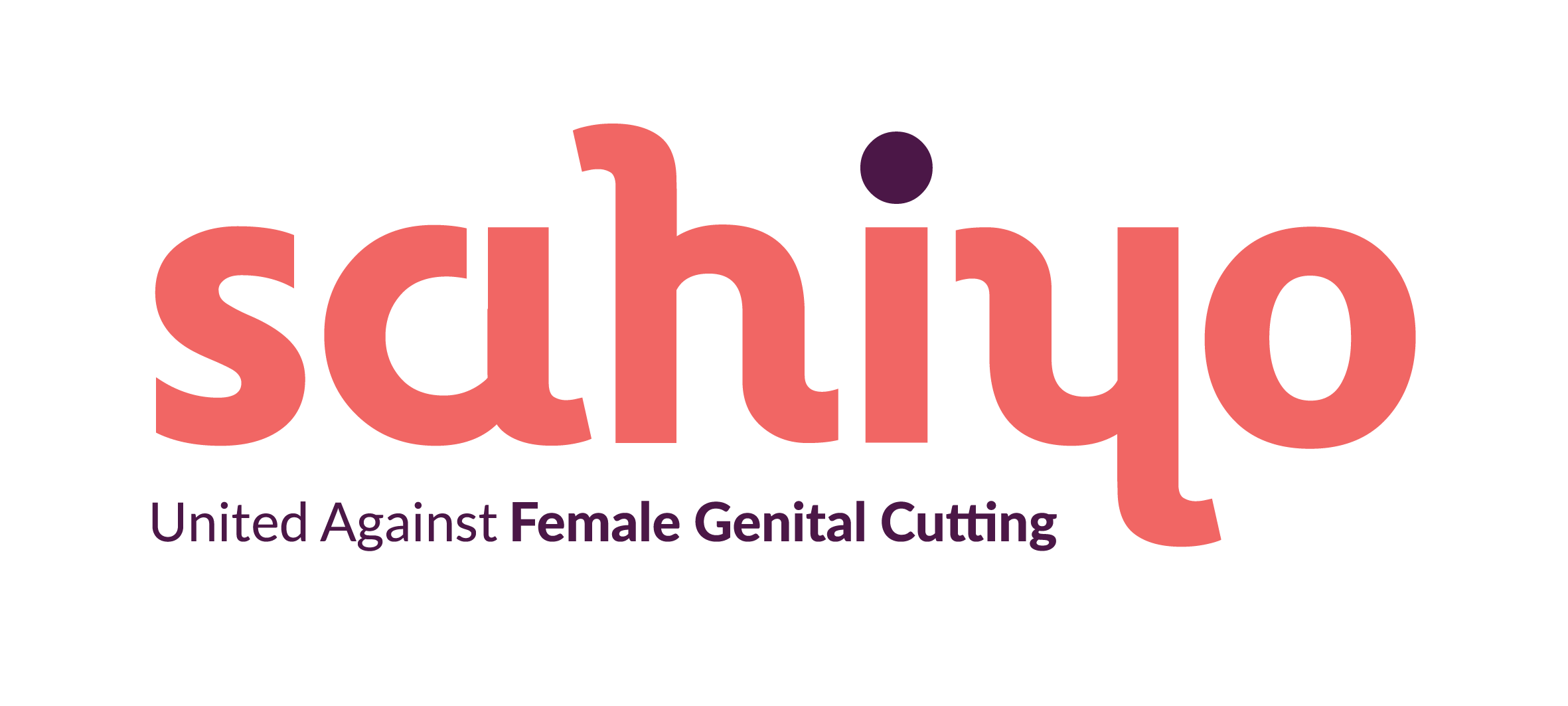By Mariya Taher
When I was in graduate school in 2008 for my Master of School Work degree, I began seriously and thoroughly researching the topic of Female Genital Cutting (FGC). Some of you reading this blog might already be aware of my personal connection to the issue due to the research and writings I have been doing on this issue for close to nine years now. (See more at Underground: American Who Underwent Female Genital Mutilation Comes Forward to Help Others). Upon researching FGC, I learned that there were many different terms given to the practice. Terms such as Female Circumcision, Female Genital Mutilation, Female Genital Cutting, Female Genital Surgeries, Female Genital Mutilation/Cutting, Khatna, and other native terms used by other communities who continued FGC.
The terminology used for this practice has been the subject of debate amongst academics, activists, as well as the communities continuing the practice as well. However, the debate does not revolve around what is the correct name but relates to the viewpoint an individual has towards understanding the practice and their feelings towards the perpetuation of the practice. In other words, for those continuing the practice, colloquial terms like khatna or female circumcision are preferred. Many activists working to end the practice of FGC choose to use the term Female Genital Mutilation, believing that this term correctly identifies the harm being done to a girl child’s genitalia.
None of these terms are incorrect. They all refer to the same practice. And when Sahiyo works with community members, we use the terminology that they use to refer to the practice. This means if someone uses the term ‘khatna’, we use khatna. If someone uses the term female genital mutilation, we use female genital mutilation.
There are reasons, however, that we do choose to use female genital cutting or FGC when referring to the practice.
Dawoodi Bohras use the word “khatna” or circumcision to refer to the removal of the prepuce from the genitalia of both boys and girls. There is a sentiment amongst some in the community, that the form of “female circumcision” practiced in the Dawoodi Bohra community is in no way related to “FGM” as recognized by World Health Organization or as practiced in many African countries.
Sahiyo believes, however, that “female circumcision” cannot be directly compared with male circumcision. We choose, therefore, in large part to use the term FGC or khatna because we are attempting to work with the community and we recognize that if in our everyday language we use FGM, it makes our work much more difficult — we know from research and best practices, that to engage in dialogue and to create social change, we can not come from a hostile position and some community members view the term mutilation with suspicion. This suspicion, in turn, makes it difficult for us to engage with people willing to discuss the topic.
Sahiyo also recognizes that the term ‘mutilation’ comes with the connotation of ‘intending to harm’ and as activists engaging in dialogue with communities to abandon the practice, by not using ‘mutliation’ we recognize that communities are not intending to harm their daughters. Rather they may continue FGC because they truly believe it is in the girl’s best interest and/or they may feel pressured into having FGC done on their daughter by others in the community. The term ‘mutilation’ can be riddled with a judgemental tone which can work against FGC activists working to end the practice as Gannon Gillespie mentions on Tostan’s website:
We should remember that all of us, no matter where we are from, tend to greet judgmental outsiders in similar ways. When our beliefs and actions are challenged or condemned by a stranger, we are likely to become defensive; rather than taking their concerns to heart, we view their accusation as an unwarranted and uninformed attack on our character. We certainly won’t feel inclined to change in order to satisfy this judgmental critic; we may even respond by holding on more tightly to the belief or action being questioned. Our experience has shown us that it is dialog and discussion that can lead to change, and dialog requires a relationship of trust and respect. But calling the practice “mutilation” prevents this relationship from developing and invites defensiveness rather than productive discourse.
Besides these reasonings, a recent report by Islamic Relief Canada, Female Genital Cutting in Indonesia: A Field Study, showcases that specific terminology can also lead to retraumatization of survivors as the quote below from the study demonstrates:
While Female Genital Mutilation (FGM) appears to be the term used most frequently by international agencies, experiences from community-based interventions indicate that the term ‘mutilation’ can, in some instances, actually add to the traumatisation of an individual. Girls and women who have undergone FGC can feel victimised, stigmatised and offended by the word ‘mutilation’ and its derogatory connotations. In general, it is important that any intervention strategies do not actually add to the trauma already felt by females who have had to undergo the practice, and referring to people as ‘mutilated’ – while correctly identifying the severity of the practice – has the potential of traumatising sufferers even more.
Sahiyo recognizes that to work at the community level and to advocate for the abandonment of FGC, we must first acknowledge that FGC is viewed as a social norm in practicing communities. Dialogue and discussion can only occur if communities themselves are willing to engage with us, and through our own work, we have learned to understand the importance of looking at our language choices.
To read more on the use of FGC terminology, please visit Tostan FAQ: FGC vs. FGM.

